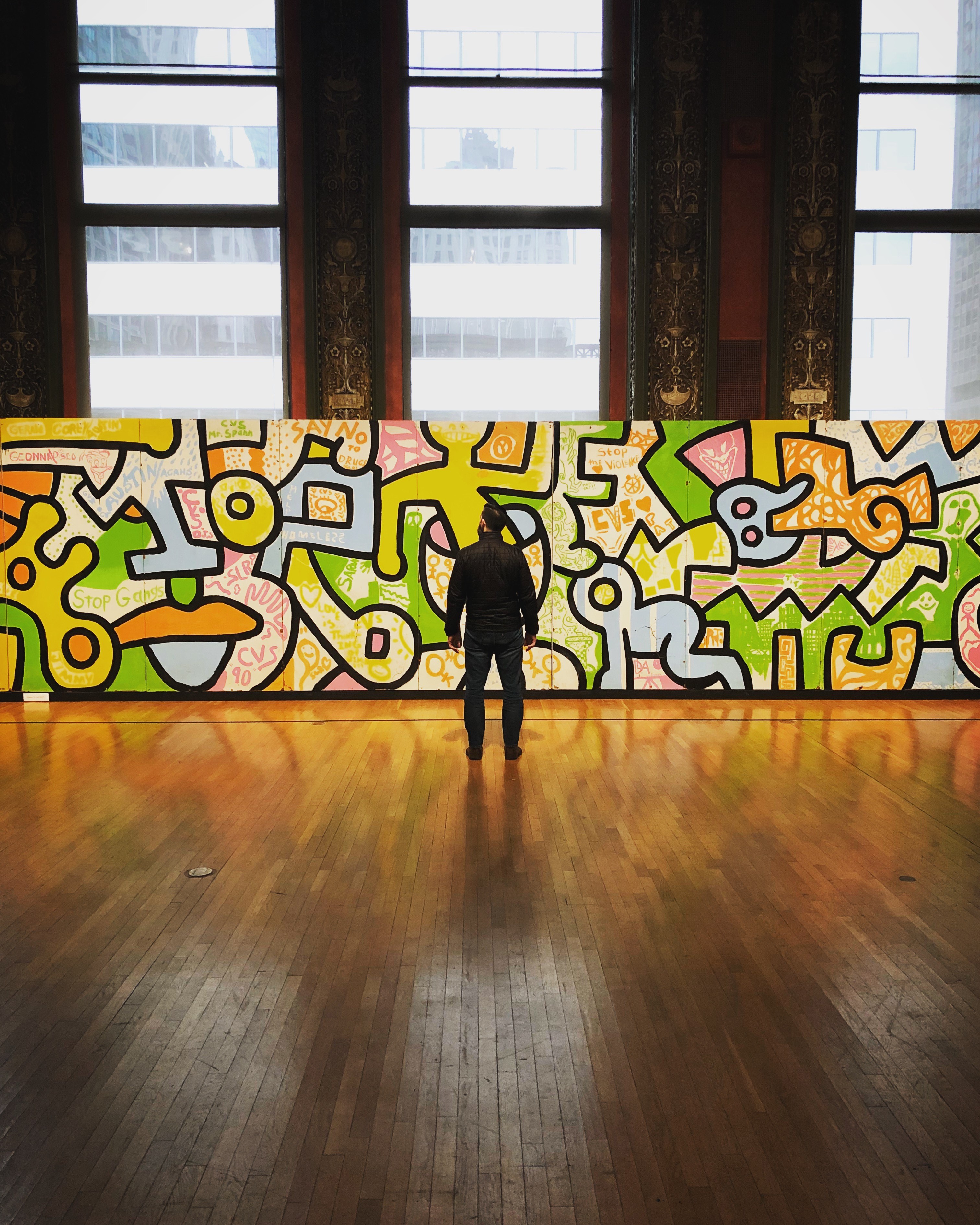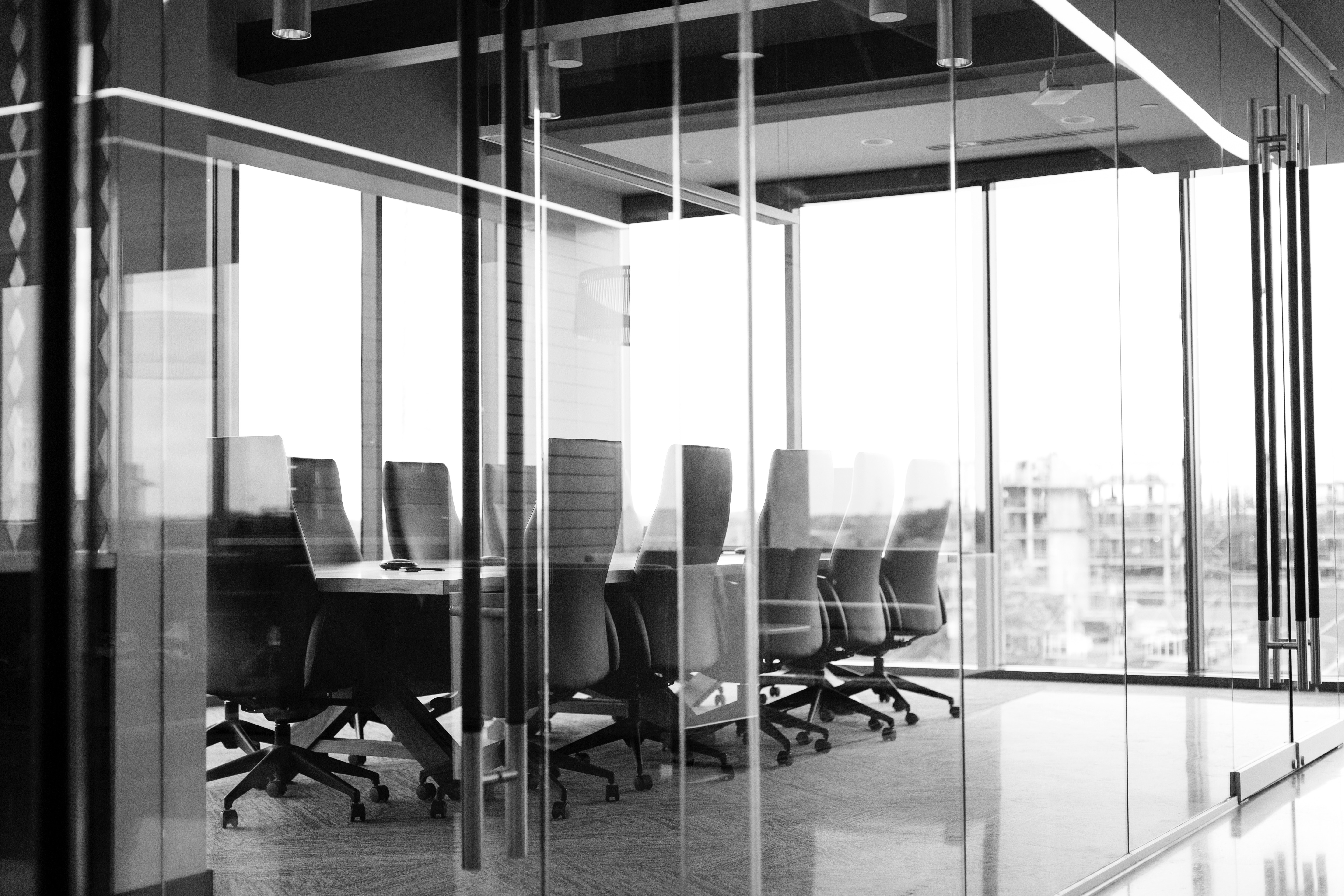The Importance of Art in the Workplace

Photo by Anna Dickson on Unsplash – Whatever is seen, art is transportation to another place.
The Importance of Art in the Workplace
Encouraging productivity in the workplace may be top of the list for any business looking to operate smoothly and profitably, but what exactly does ‘productivity’ mean? Is it a riotous, noisy space, full of overt creativity and expression that indicates people functioning at the top of their abilities? Or is it a library of stillness, each team member silently outputting a measurable volume of work, without distraction, equally at the top of their abilities?
Productivity means different things for different people, and it’s a challenging task to develop a singular strategy that will enable it in all of your team members. This is why instead of assuming what each employee may require, a more effective strategy is to create the basis for allowing them to find what productivity means for them and how to access it as frequently as possible during their time at work.
An Opportunity for Being Elsewhere
Considerate interior design can provide meaningful spaces that both excite or calm people, promoting access to the whole spectrum of emotional states that may be required to work through the many stages of a project effectively. Part of that journey is in fact not working, not in the traditional ‘heads down’ sense, but in distraction from a singular focus on work.
Art is a natural mode of distraction, a mechanism to transport you to the abstract. As such, it is critical that the workplace affords the ability for personal diversion so that art can perform its distractive, enriching magic in a productive fashion.
This doesn’t mean employees lounging around, spaced out in a non-engaged transcendental stupor. Rather, it means a chance to jump out of the constrained laser focus that can sometimes inhibit creativity. Stepping out of your project, out of your collective mindset, can often help to develop a refreshed perspective, and that spark of diversity is something a team cannot lose if it wants to maintain a creative advantage.
Art very often imitates nature. As such, it takes us out of our own constructed human/urban bubbles. It releases us to expand ourselves, to “experience perceptual vastness” and redefine the picture of ourselves by submitting to the fact there is something much bigger than us. In this sense, art is utterly impactful, even spiritual for some, and always takes us out of ourselves to other areas of our working minds.

Proof of Productivity
David Rockefeller established the Business Committee for the Arts (BCA) back in 1967 to instil a sense of art importance as a ‘front and centre’ policy for companies, both in the workplace and as a form of community education, and the academic legacy of such early institutional moves has been to develop a wide body of research that points to the pragmatic business value of art in the workplace.
For example, heightened emotional states such as anger, as induced by severe stress, have been shown to be relieved in response to the introduction of aesthetically pleasing artistic posters hung on office walls. The sight of natural forms or vistas, whether through a window or on a canvas, can literally alleviate the angry mind.
From a physical health perspective, experiencing a sense of awe through aesthetic influences actually reduces levels of bodily inflammation, helping reduce the symptoms commonly associated with stress-induced chronic illness. In this sense, art provides a positive distraction, one that actively blocks stressful concerns by generating ecstatic feelings.
And employees must feel these effects, too. A survey conducted by a London-based research firm, ICM, found that 73% of workers emphatically requested more art in the workplace due to the sheer motivation they derived from it. The BCA asked, and 64% of respondents found art stimulated creativity, while it boosted morale in a further 67%. Photo by Photo by Drew Beamer on Unsplash – Too minimal? Where’s the joy? Or any emotion?
Art is a natural everyday sensory experience, not simply an infrequent sensation conveyed by museums. It demands to nourish our physical and mental wellbeing at all times, during work and play.

Photo by Lurm on Unsplash – Grey? Or a moment of reflection?
Art as a Branded Landmark
As well as providing meditative mind space, art can also form a critical role in supporting the company brand identity. Workplaces are too often ill-designed so that they are merely ‘functional’ avenues of hallways that lead occupants to different spaces to perform different tasks.
There is no sense that the journey is as important as the destination. Get to the meeting room. Back to the desk. Output the work. Rinse and repeat.
Companies miss out on the opportunity to create landmarks that appeal to our mammalian brains, that help us to travel through spaces by recognising certain features as wayfinding points. While the office environment may not mean trekking across miles of rugged topography, it can, however, be a journey through the company identity.
By selecting the appropriate artwork to relay sentiments that align with company brand values and aspirational direction, such pieces can provide either momentary snapshots of recognition in passers-by or more reflective moments of inspiration in those who linger. The key, of course, is in selecting such art well, or in finding artists who can synchronise effectively with company messaging, colour schema, or emotive drives to create pieces that echo the brand without resorting to visually depicting it.
An ocean that conveys limitless horizons, the tension in muscles of an athlete striving for her best, or simply a solid panel in a specific tonal colour that invites pause and consideration in one’s tasks and decisions. Greens, for example, are mesmeric and evoke balance and harmony through the obvious linkage to our experience with nature. Reds are passionate, while blues temper such emotion with calm.
These are all examples of the way that art drives reflection while occupants are en route to destinations within the interior built environment.
Selection is Key
So, art is undeniably important. We are scratching the surface of the canvas here, but perhaps the most critical takeaway is of which artwork we choose to benefit from. This can be a top-down managerial or internal marketing decision, or perhaps more insightfully an employee-led initiative. The University of Exeter in the UK , found that employees who are given control over the design and layout of their workplace, to a certain extent at least, are an impressive 32% more productive than those in pre-designed workplaces.
The experience of art is an intensely personal one. It’s something each of us has a right to know every day, and the selection of inspirational art for the workplace could be a powerful tool to enable employee participation in the rhythms and flows of your company dynamic and mission.
Embrace art, and you embrace your employees’ ability to explore their potential. That can only result in all-around benefits for your business.
